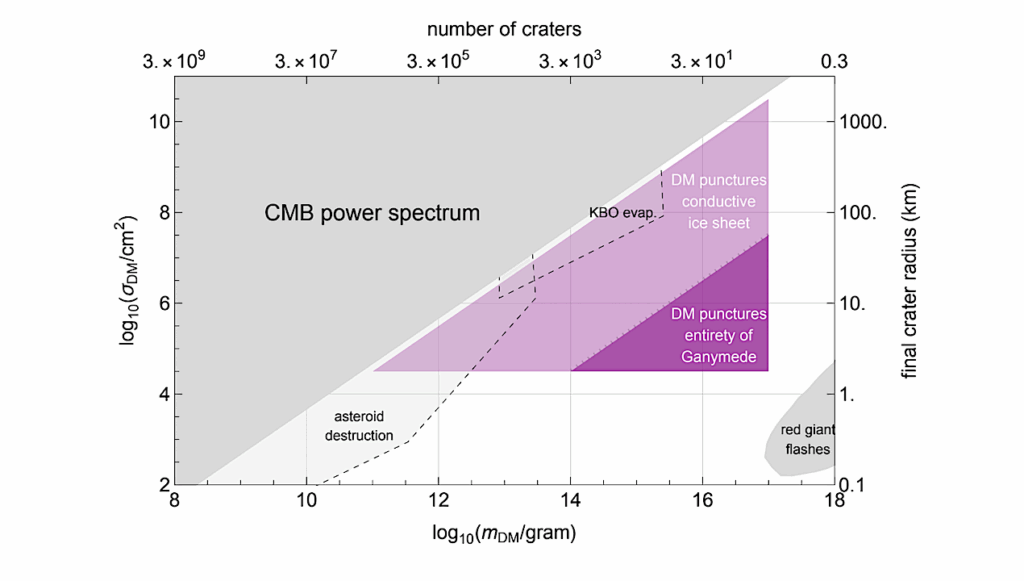A Larger Sample Confirms Small Planets Around Hot Stars Are Misaligned

The distribution of stellar obliquities provides critical insight into the formation and evolution pathways of exoplanets. In the past decade, it was found that hot stars hosting hot Jupiters are more likely to have high obliquities than cool stars, but it is not clear whether this trend exists only for hot Jupiters or holds for other types of planets.
In this work, we extend the study of the obliquities of hot (6250-7000K) stars with transiting super-Earth and sub-Neptune-sized planets. We constrain the obliquity distribution based on measurements of the stars’ projected rotation velocities. Our sample consists of 170 TESS and Kepler planet-hosting stars and 180 control stars chosen to have indistinguishable spectroscopic characteristics. In our analysis, we find evidence suggesting that the planet hosts have a systematically higher ⟨sini⟩ compared to the control sample.
This result implies that the planet hosts tend to have lower obliquities. However, the observed difference in ⟨sini⟩ is not significant enough to confirm spin-orbit alignment, as it is 3.8σ away from perfect alignment. We also find evidence that within the planet-hosting stars there is a trend of higher obliquity (lower ⟨sini⟩) for the hotter stars (teff > 6250 K) than for the cooler stars in the sample. This suggests that hot stars hosting smaller planets exhibit a broader obliquity distribution(⟨sini⟩=0.79±0.053) than cooler planet-hosting stars, indicating that high obliquities are not exclusive to hot Jupiters and instead are more broadly tied to hot stars.
Emma M. Louden, Songhu Wang, Joshua N. Winn, Erik A. Petigura, Howard Isaacson, Luke Handley, Samuel W. Yee, Corey Beard, Joseph M. Akana Murphy, Gregory Laughlin
Comments: Accepted for publication in ApJL
Subjects: Earth and Planetary Astrophysics (astro-ph.EP)
Cite as: arXiv:2405.20035 [astro-ph.EP] (or arXiv:2405.20035v1 [astro-ph.EP] for this version)
https://doi.org/10.48550/arXiv.2405.20035
Focus to learn more
Submission history
From: Emma Louden
[v1] Thu, 30 May 2024 13:18:18 UTC (1,310 KB)
https://arxiv.org/abs/2405.20035
Astrobiology








